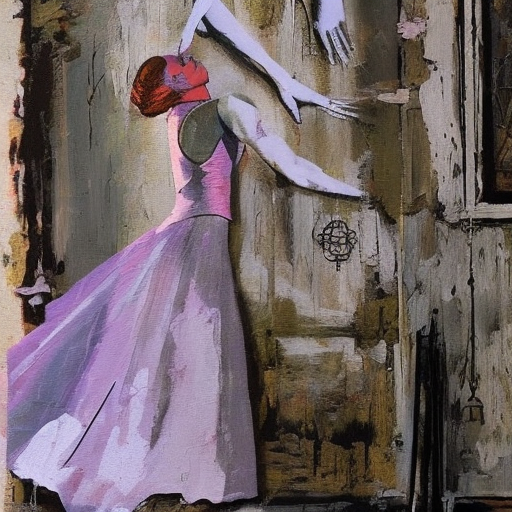Gabriel’s Inferno: Part II – A Tale of Redemption and Love
Main Cast and Crew:
- Director: Tosca Musk
- Writer: Sylvain Reynard (novel), Tosca Musk (screenplay)
- Key Actors: Melanie Zanetti as Julia Mitchell, Giulio Berruti as Gabriel Emerson, James Andrew Fraser as Paul Norris, Margaux Brooke as Christa Peterson
- Music Director: Paul Schwartz
- Director of Photography: Byron Werner
- Producers: Jina Panebianco, Tosca Musk, and Joey Courtright
Plot:
In “Gabriel’s Inferno: Part II,” the passionate love story between Gabriel Emerson, a respected professor haunted by his dark past, and Julia Mitchell, his former student, continues to unfold. As Gabriel and Julia navigate their complex relationship, they face numerous obstacles that test their commitment to each other.
Haunted by his past mistakes, Gabriel struggles to reconcile his desire for Julia with his guilt and self-loathing. Meanwhile, Julia grapples with her own insecurities and fears, unsure if she can fully trust Gabriel. Their journey takes them through emotional highs and lows, as they confront their deepest fears and insecurities.
As their love deepens, Gabriel and Julia must confront the consequences of their actions and make difficult choices. They are forced to confront their pasts, confront their fears, and ultimately find redemption and forgiveness.
Themes and Motifs:
“Gabriel’s Inferno: Part II” explores themes of redemption, forgiveness, and the power of love to heal past wounds. It delves into the complexities of human relationships, highlighting the importance of trust, communication, and self-acceptance. The film also examines the transformative power of love, as Gabriel and Julia’s relationship challenges them to confront their inner demons and grow as individuals.
Throughout the movie, motifs of literature and art are woven into the narrative, symbolizing the characters’ emotional and intellectual journeys. The references to Dante’s “Inferno” and other literary works add depth and richness to the story, emphasizing the characters’ quest for self-discovery and enlightenment.
Reception and Legacy:
Upon its release, “Gabriel’s Inferno: Part II” received positive reviews from audiences and fans of the original novel. The film’s captivating storyline, strong performances, and lush cinematography were praised by critics. It further solidified the film’s place as a beloved adaptation of Sylvain Reynard’s popular romance series.
While the film did not receive any major awards or nominations, it garnered a dedicated fan base and contributed to the ongoing popularity of the romance genre in cinema. Its success led to the creation of a third installment, “Gabriel’s Inferno: Part III,” which continued the story of Gabriel and Julia.
Recommendation:
“Gabriel’s Inferno: Part II” is a must-watch for fans of the romance genre. With its captivating storyline, compelling characters, and beautiful cinematography, the film offers a heartfelt and emotional journey of love, redemption, and self-discovery. It is a perfect choice for those seeking a passionate and thought-provoking romance.
Memorable Quote:
“Love is not a game, Julia. It’s a force that can heal and transform. It’s the most powerful thing we have.”












